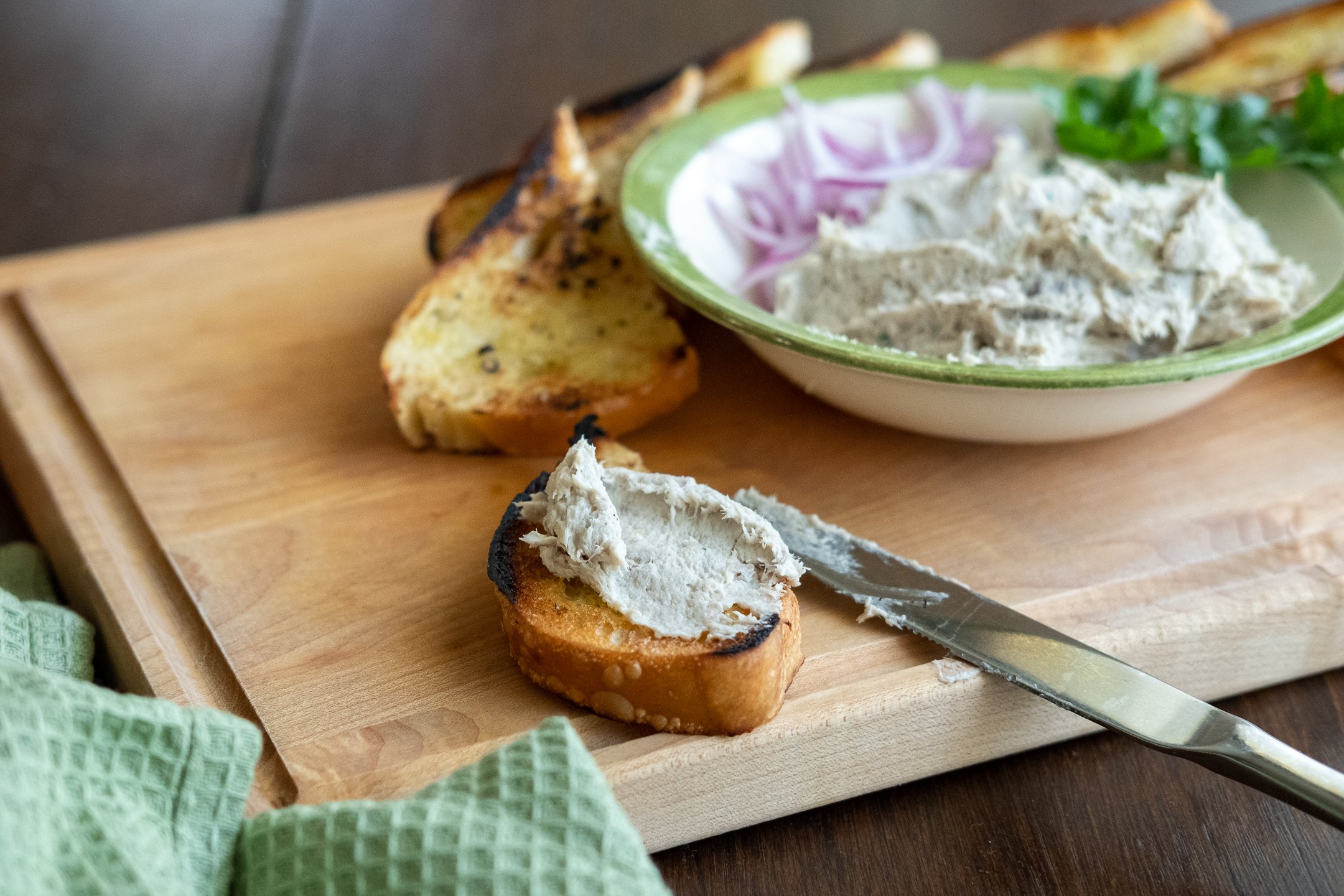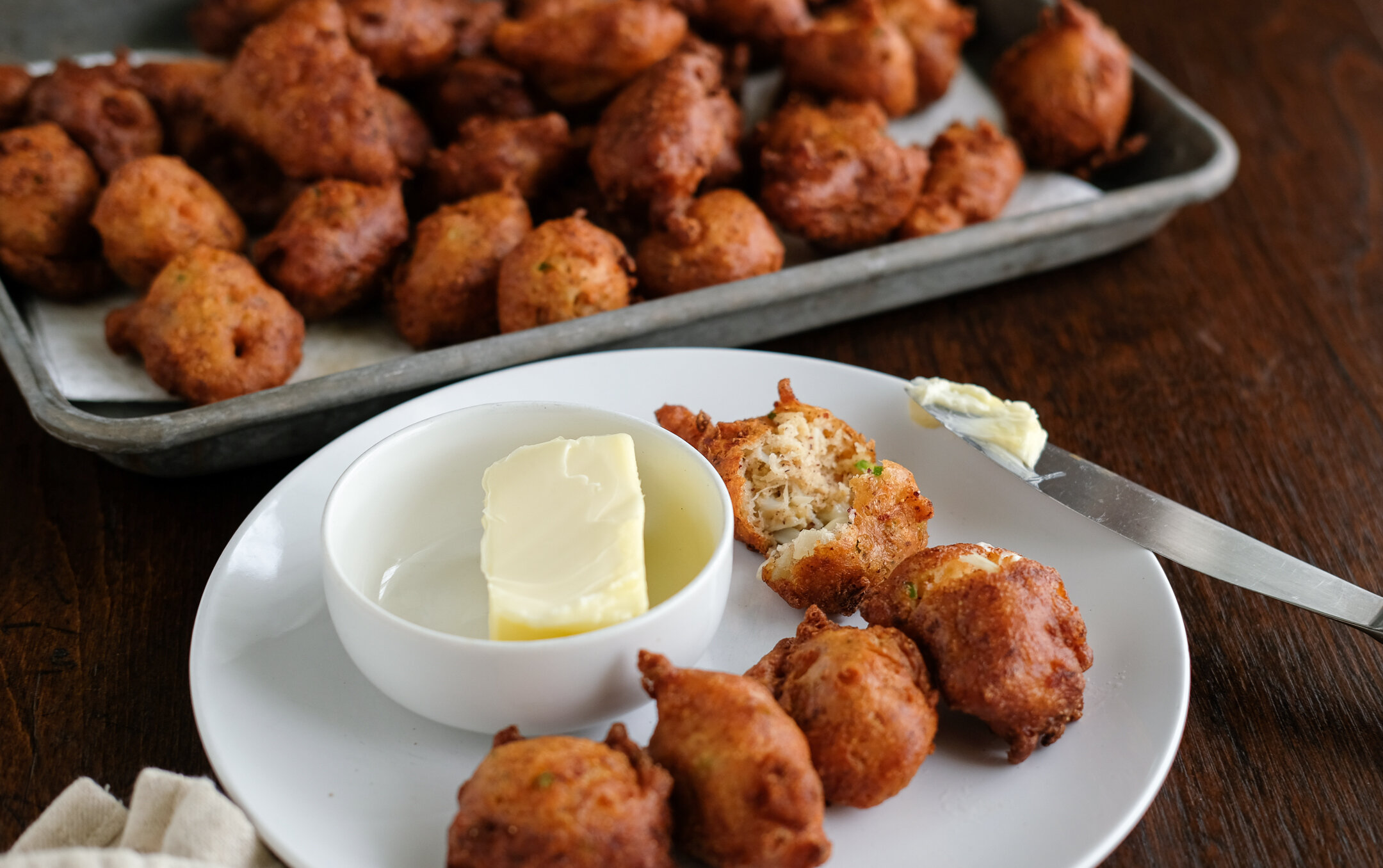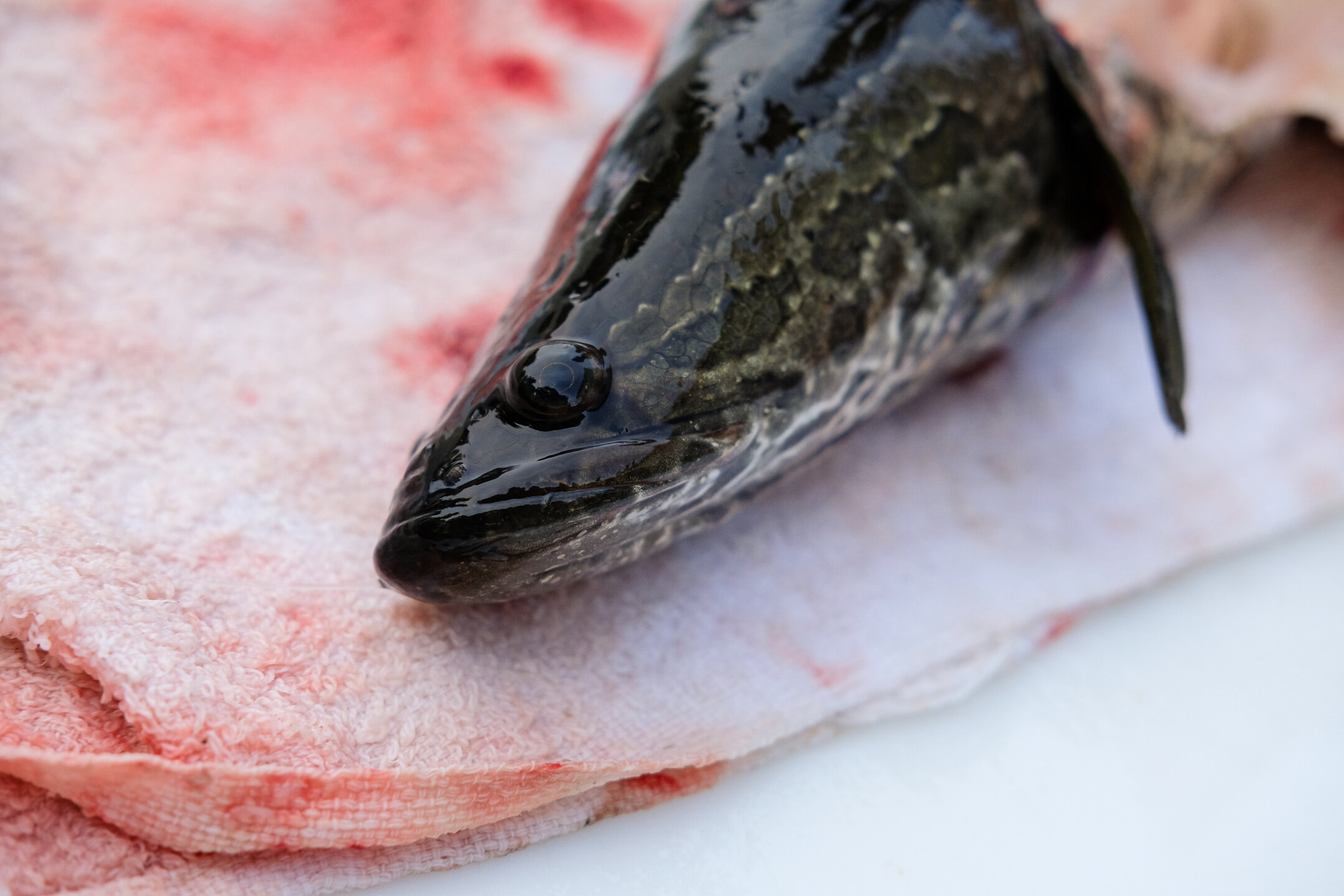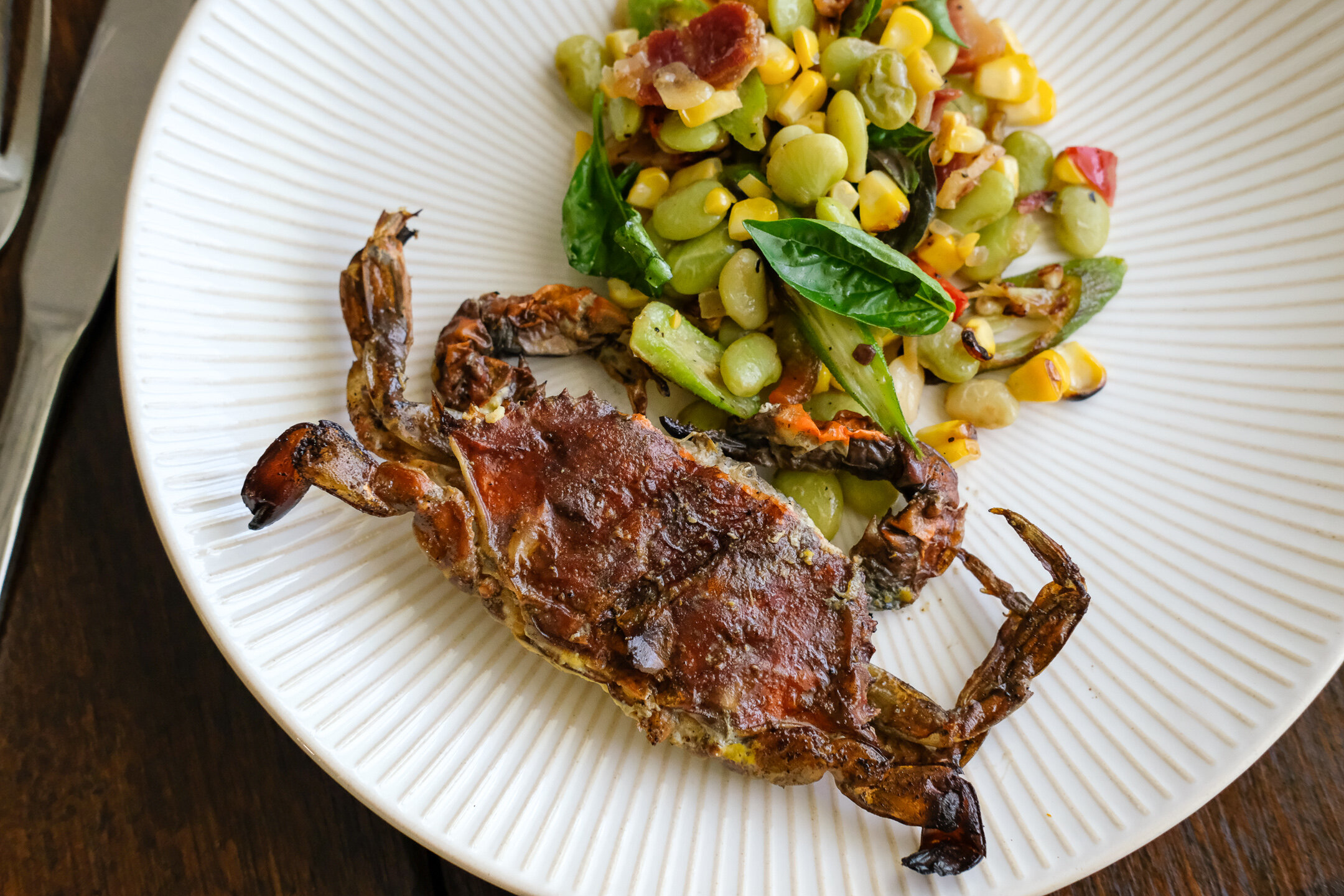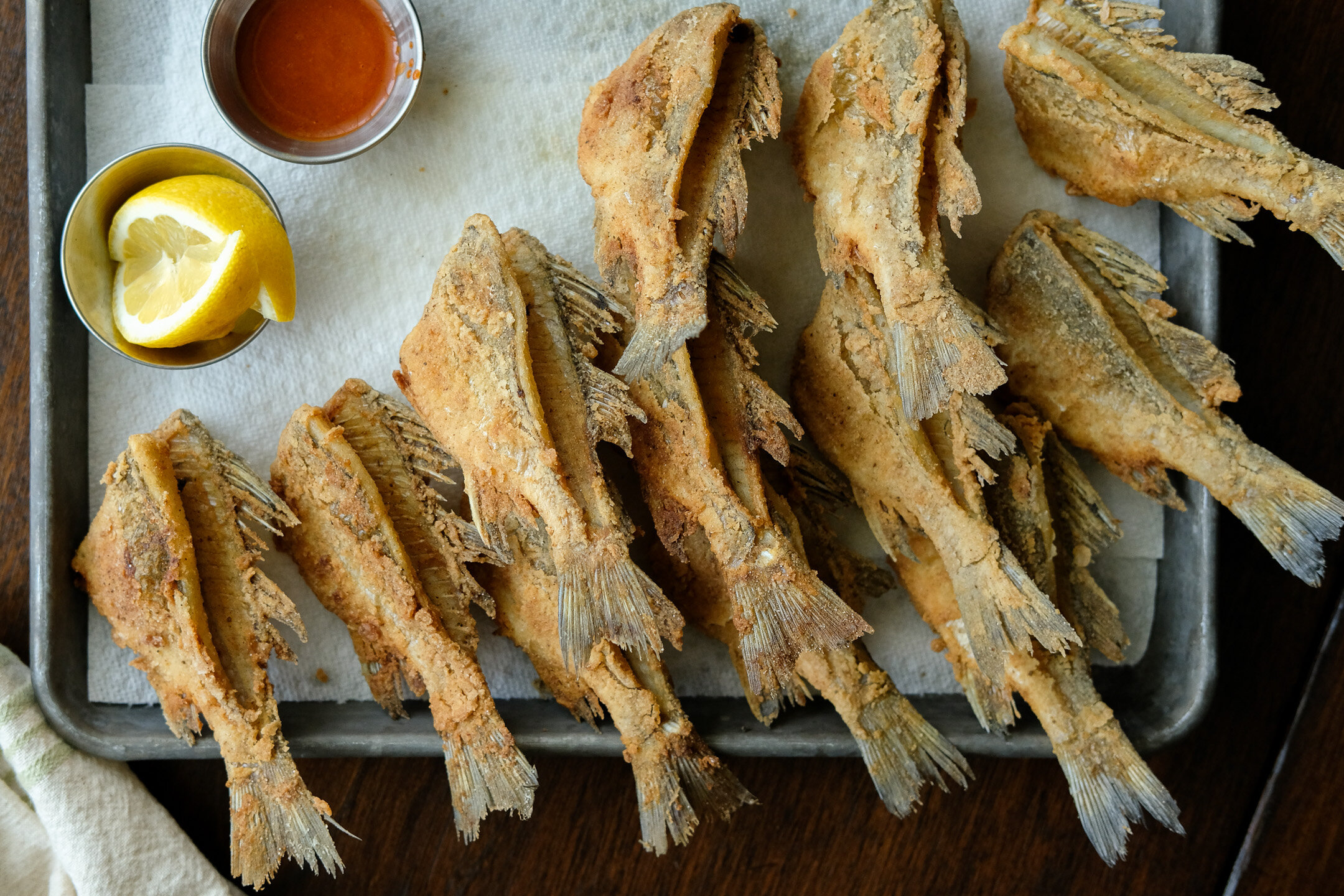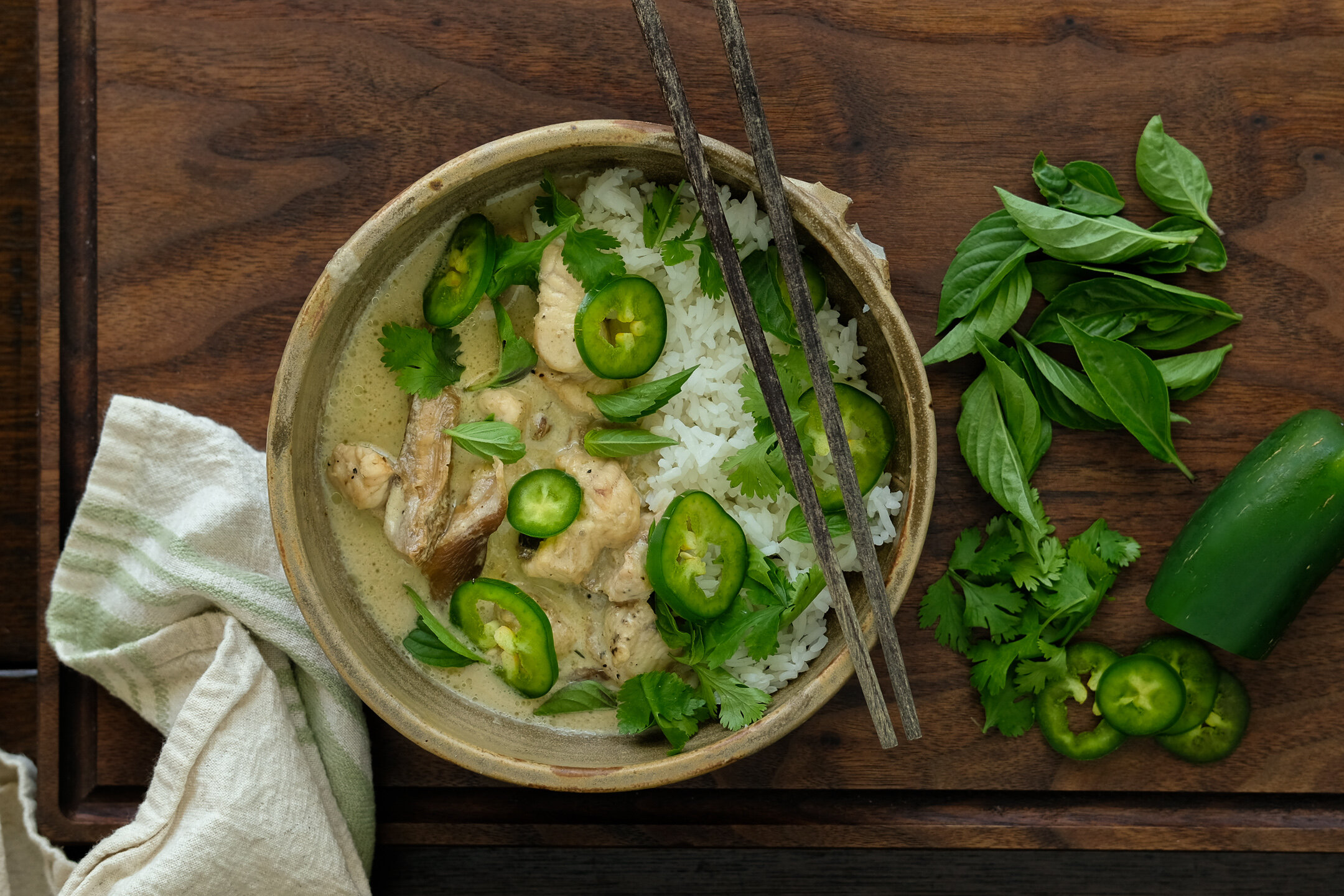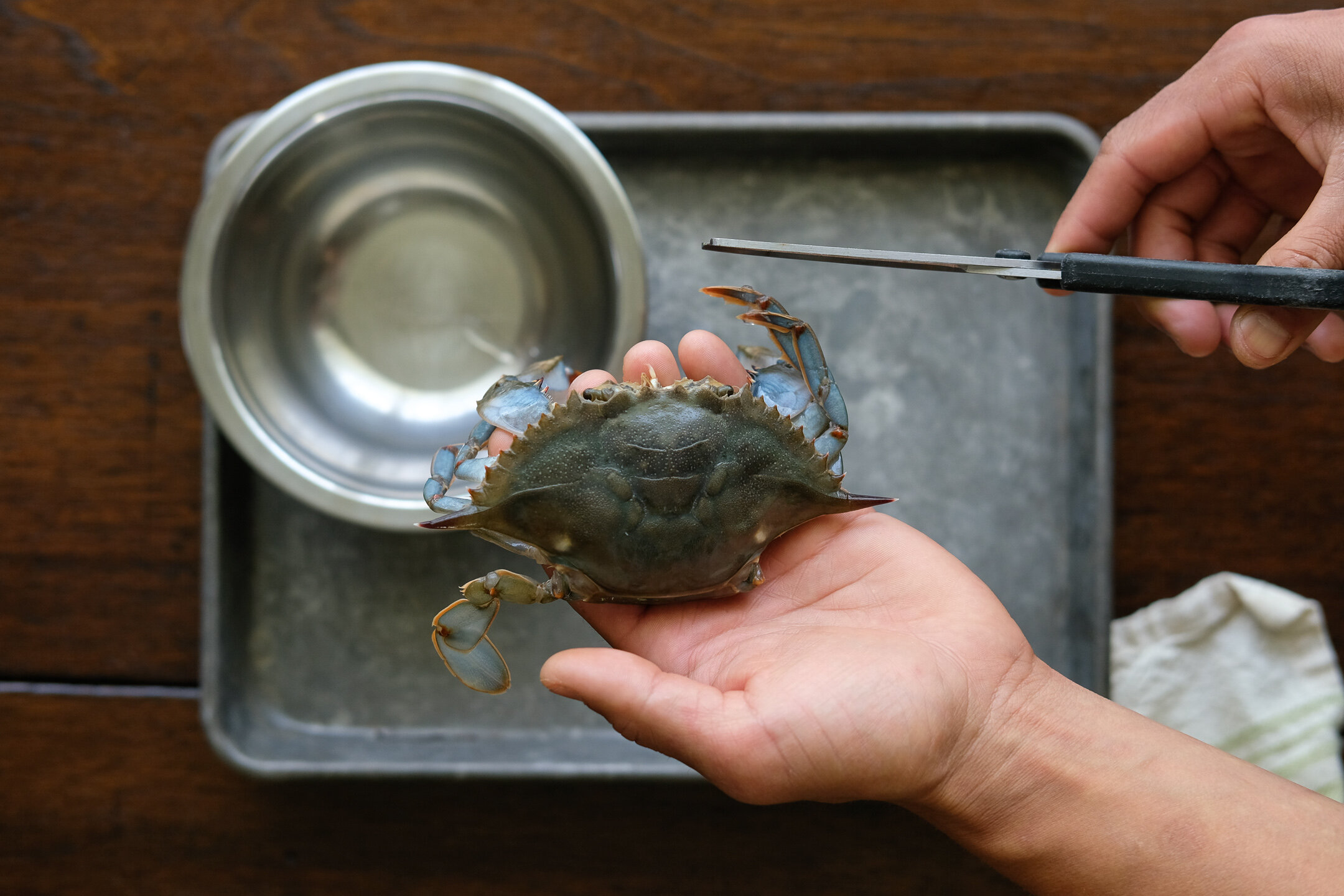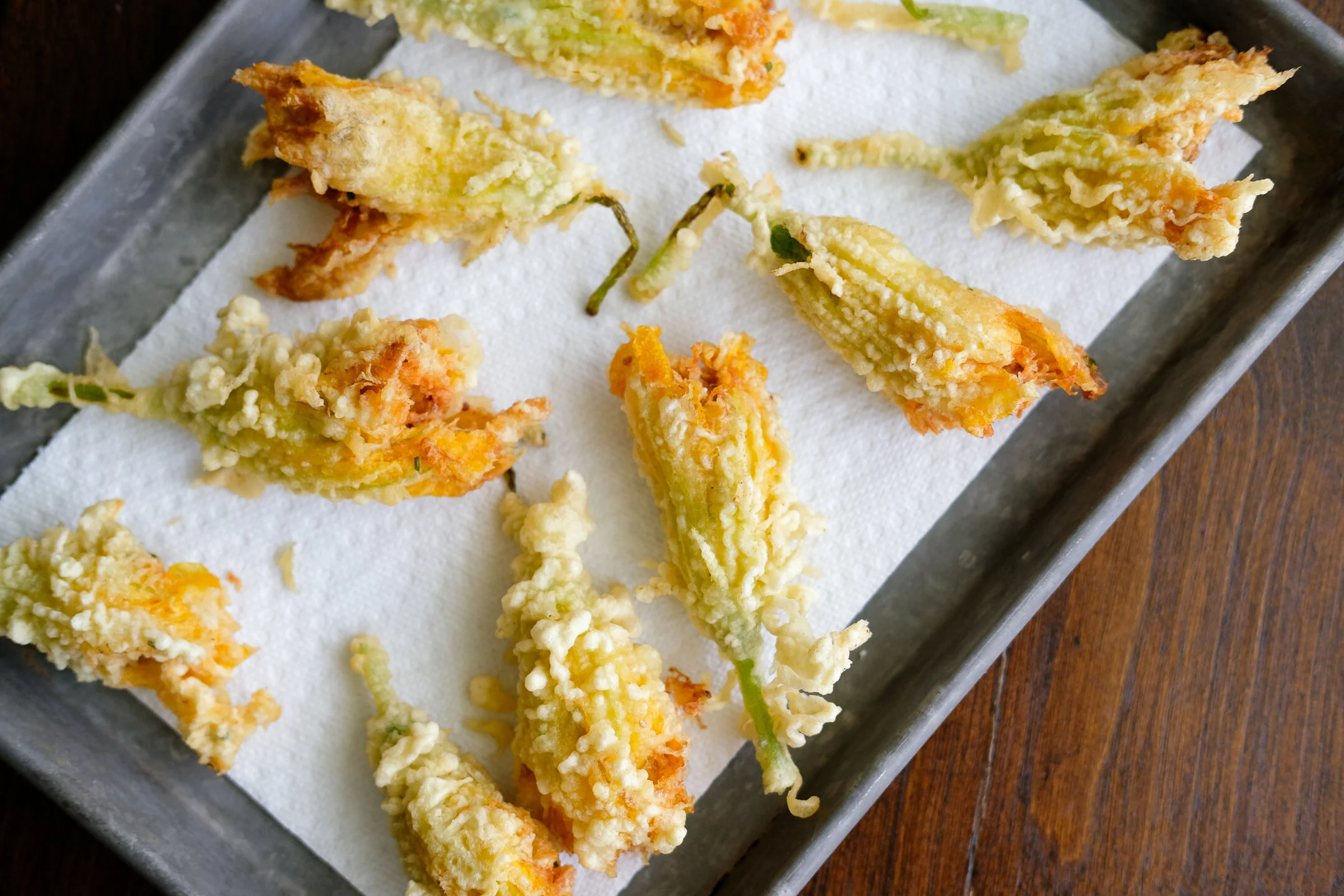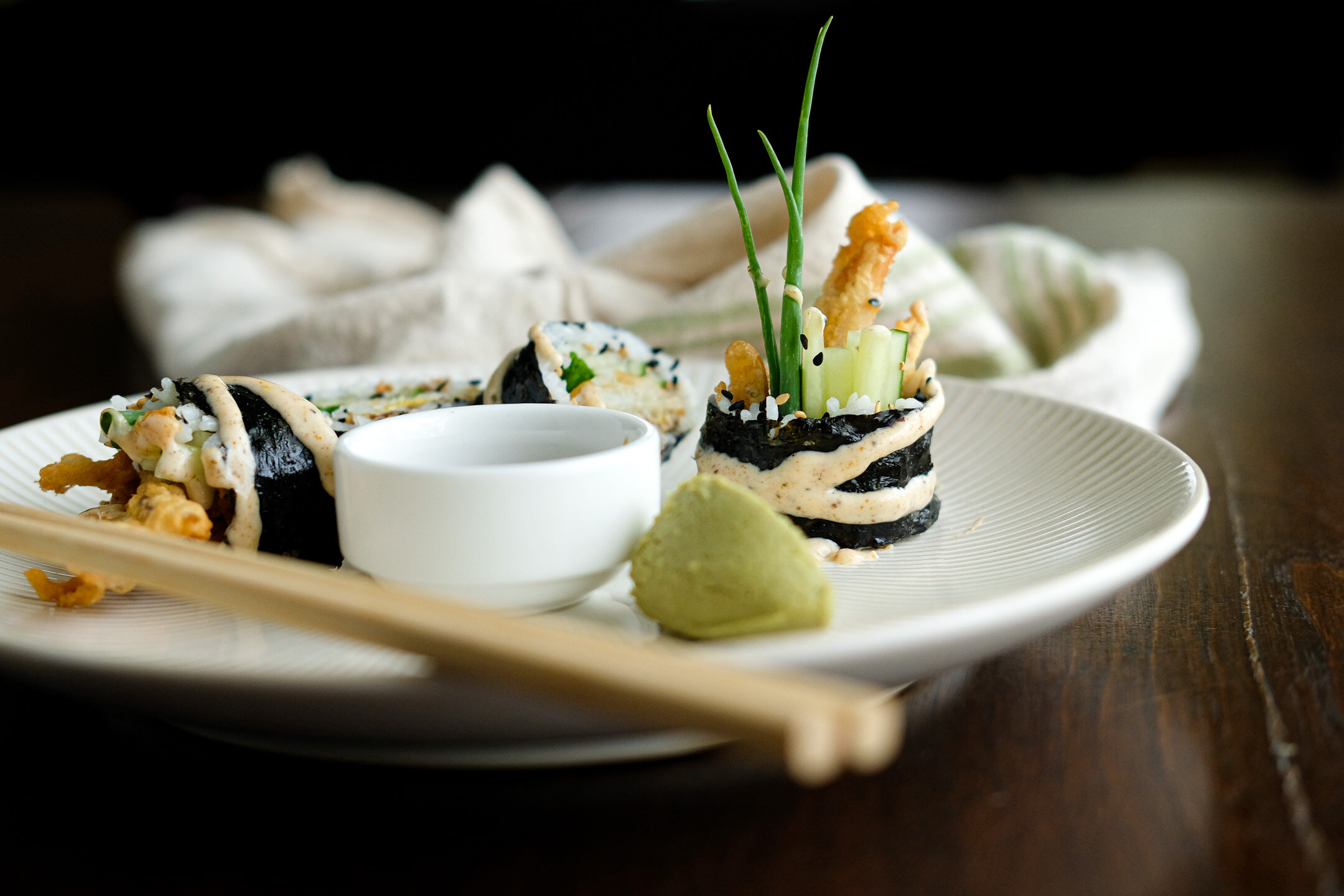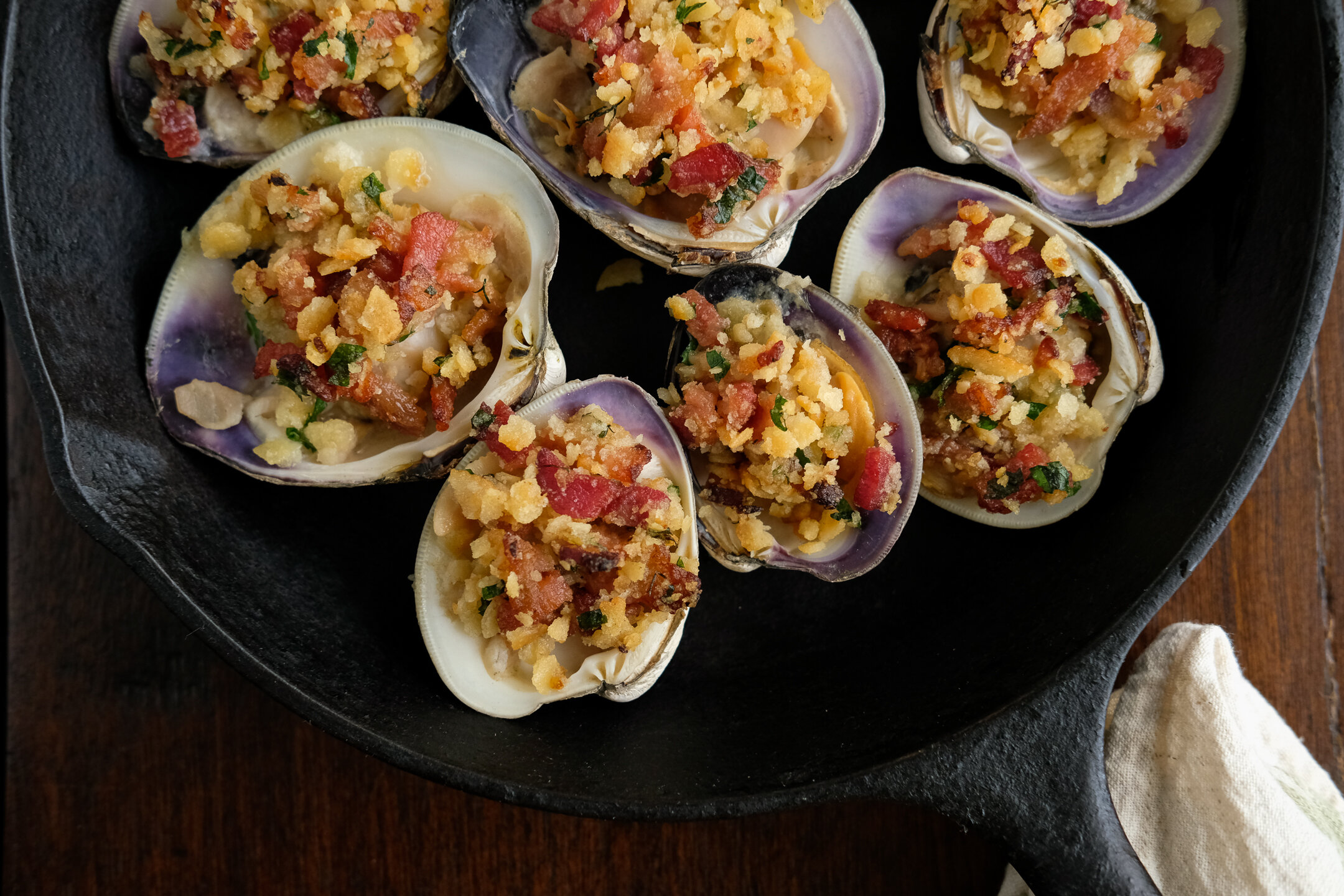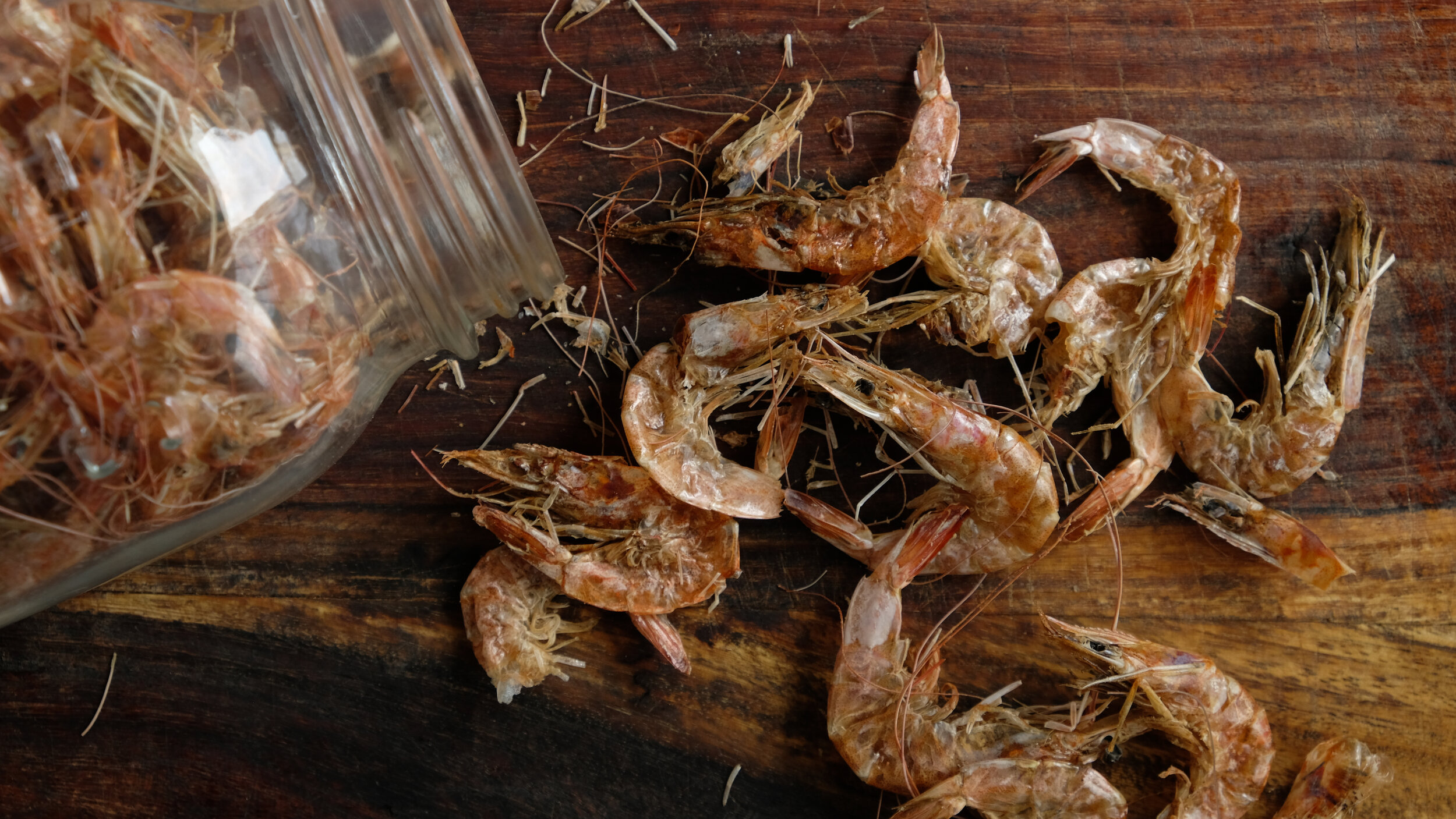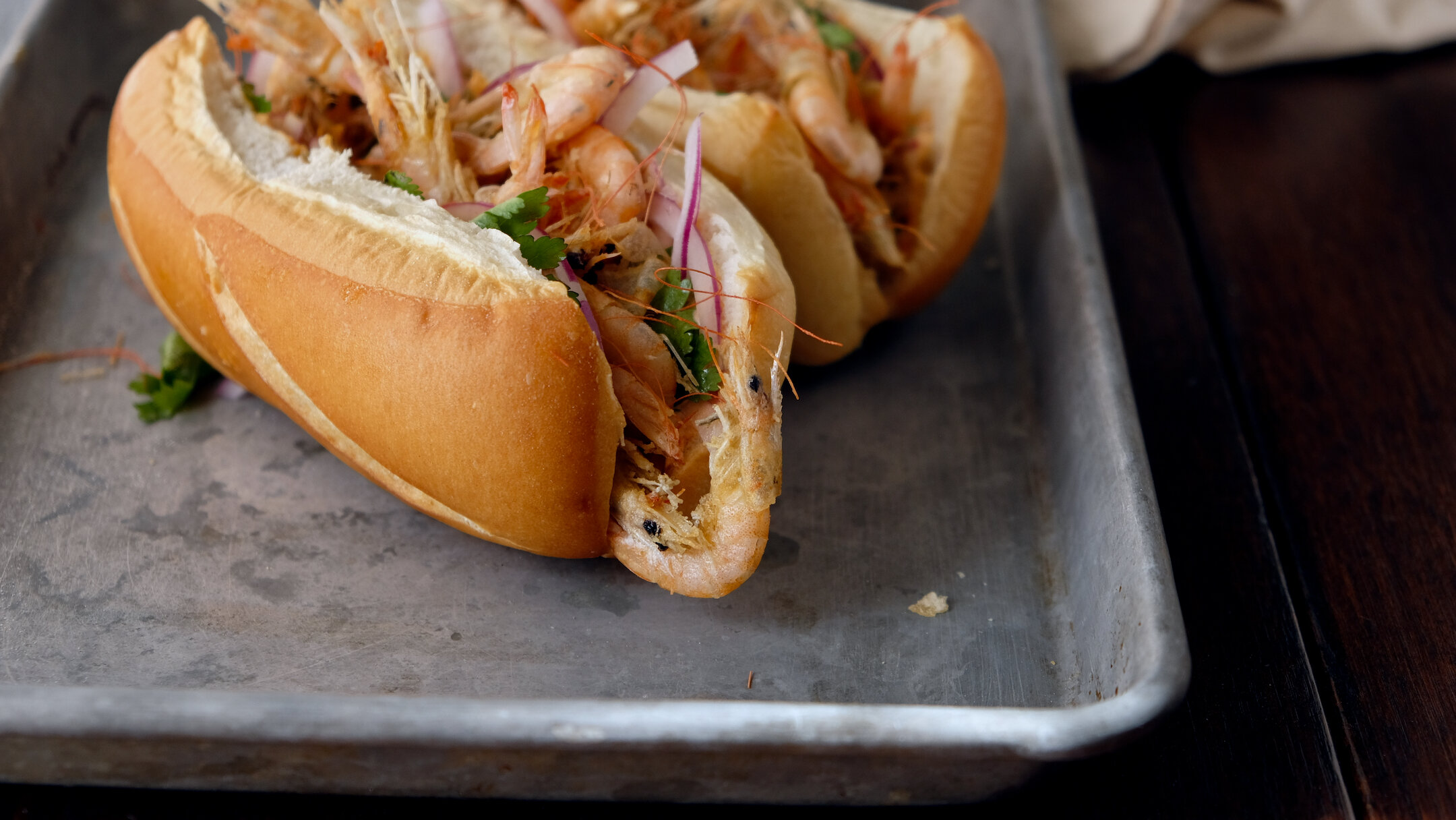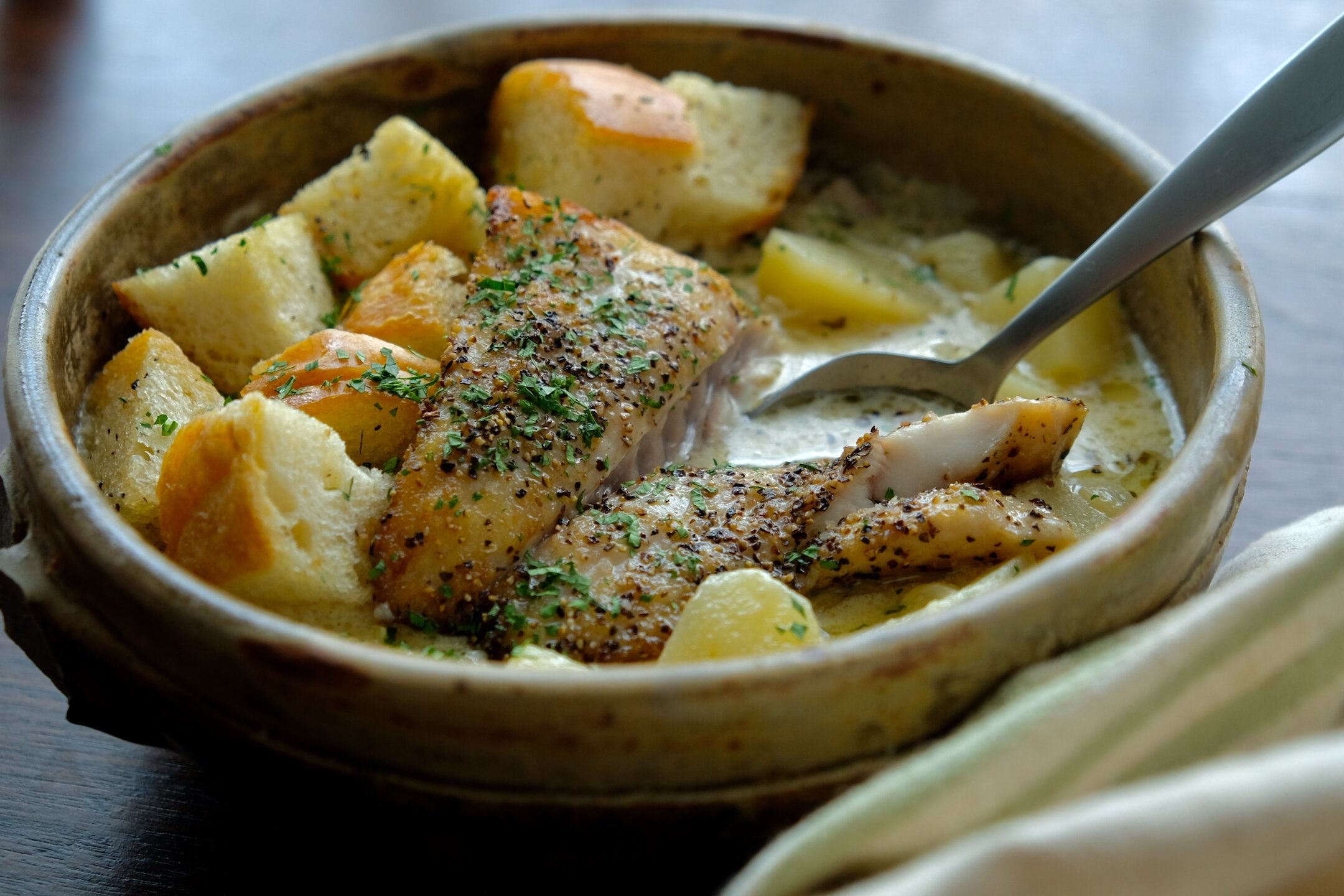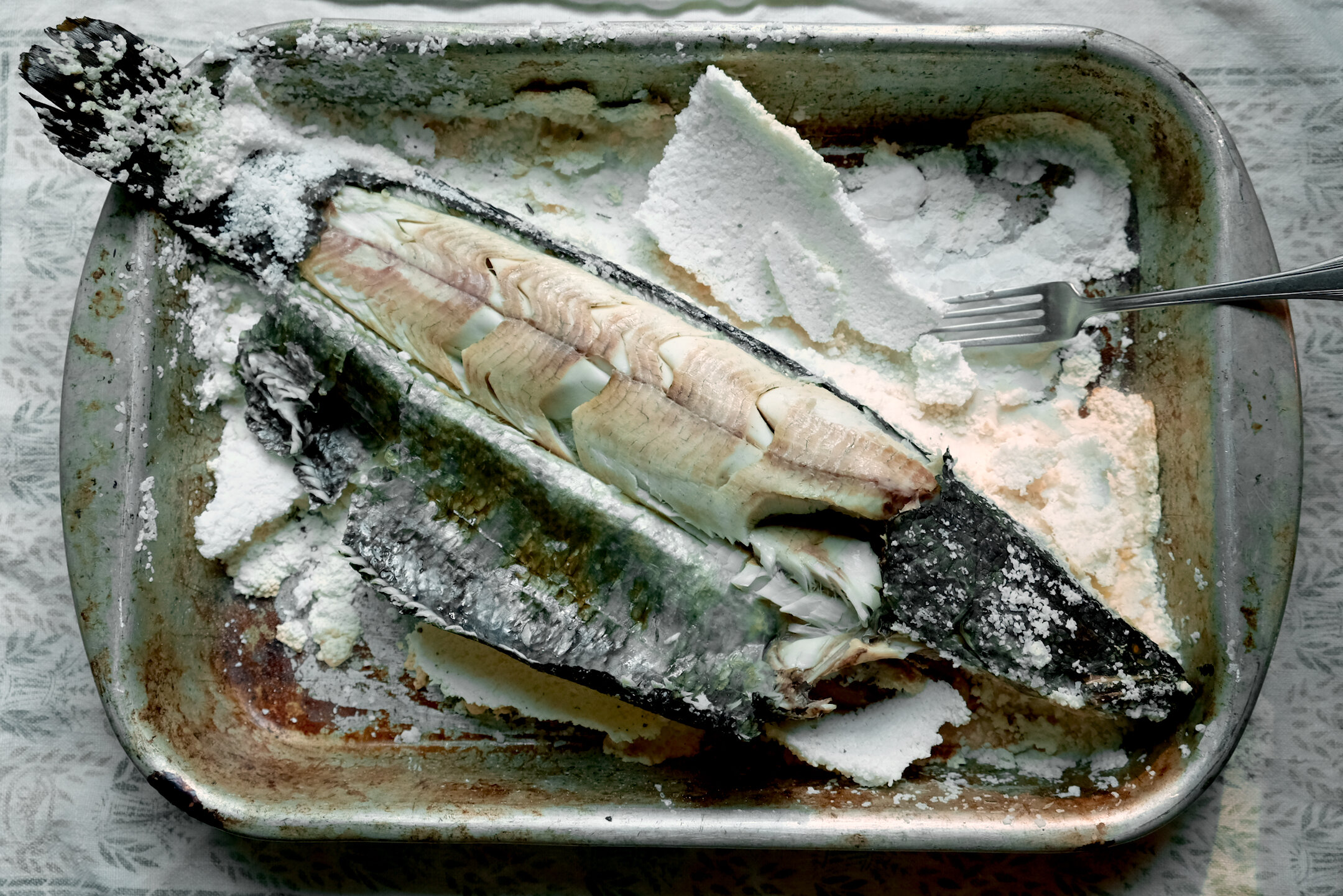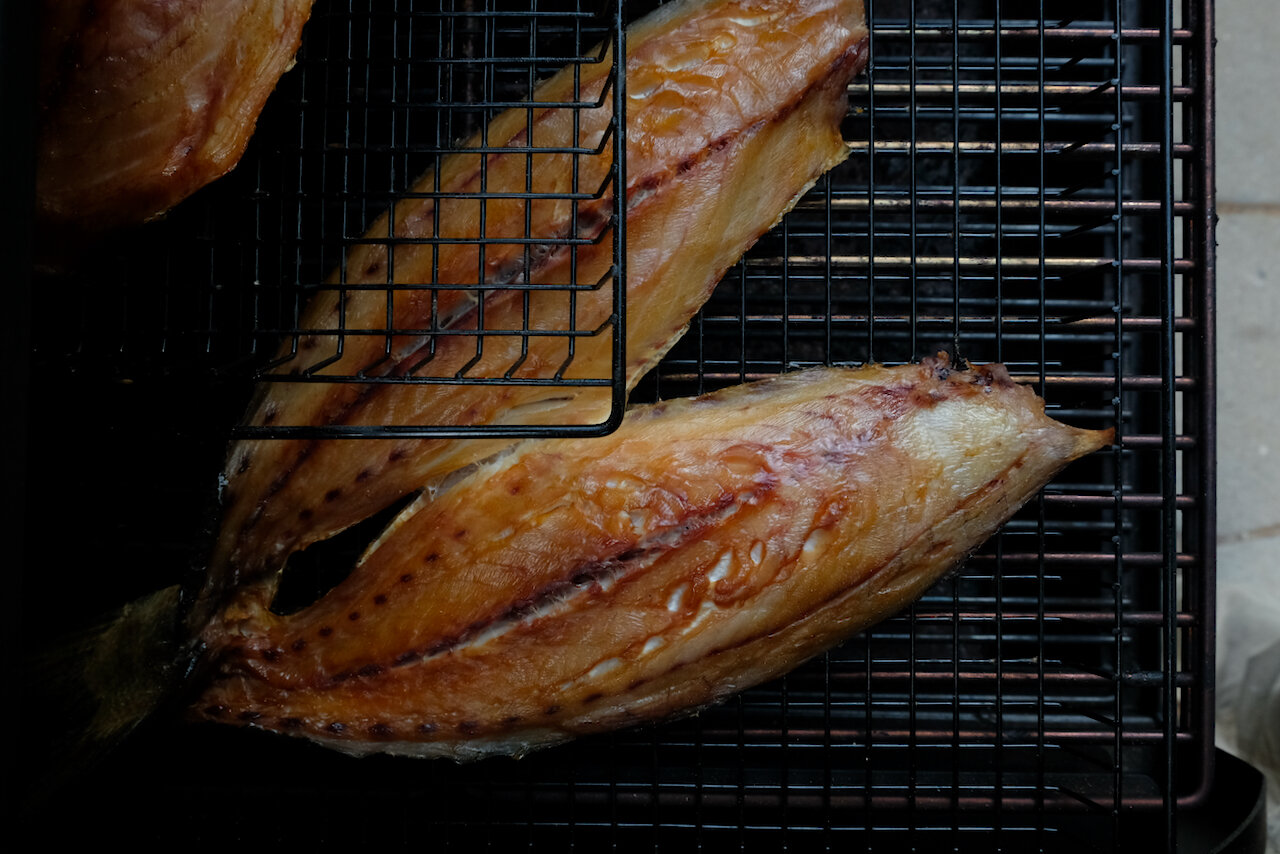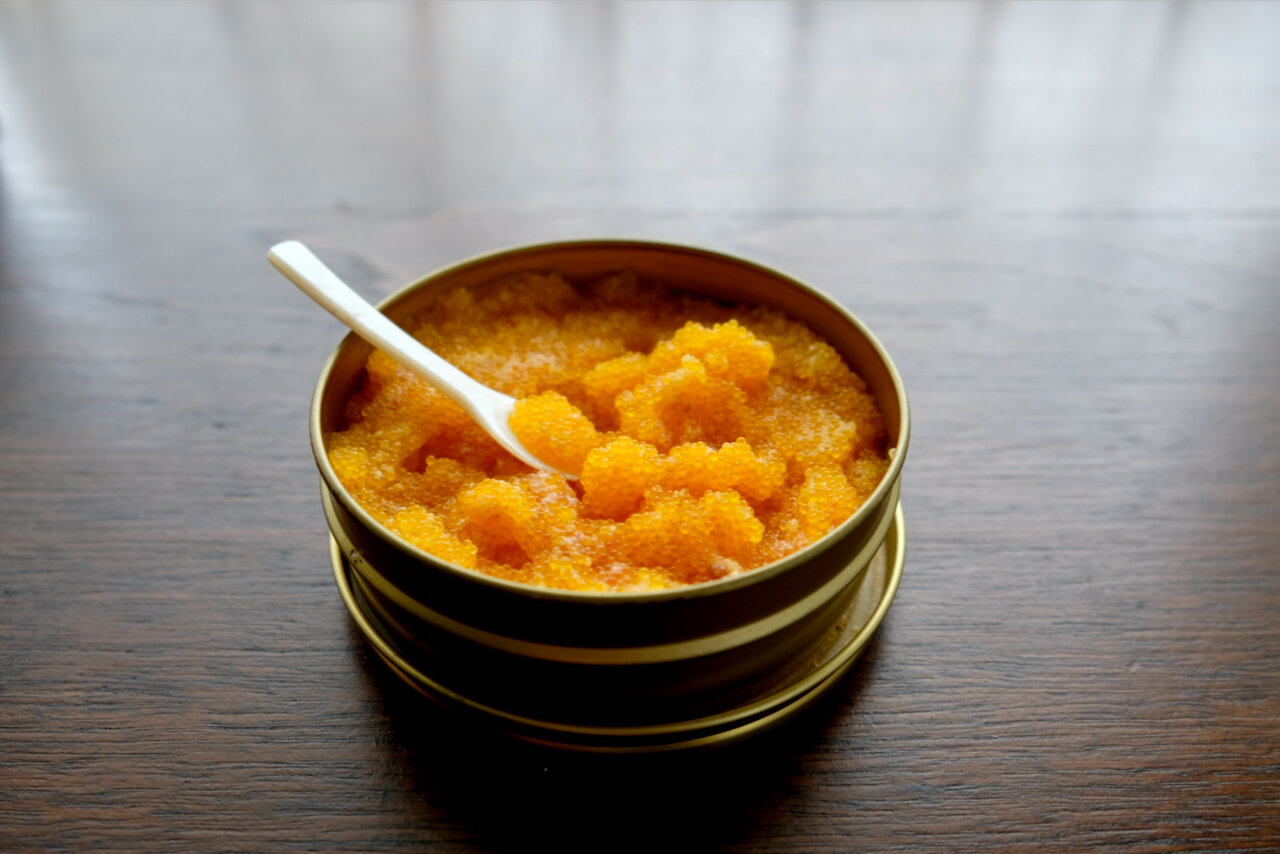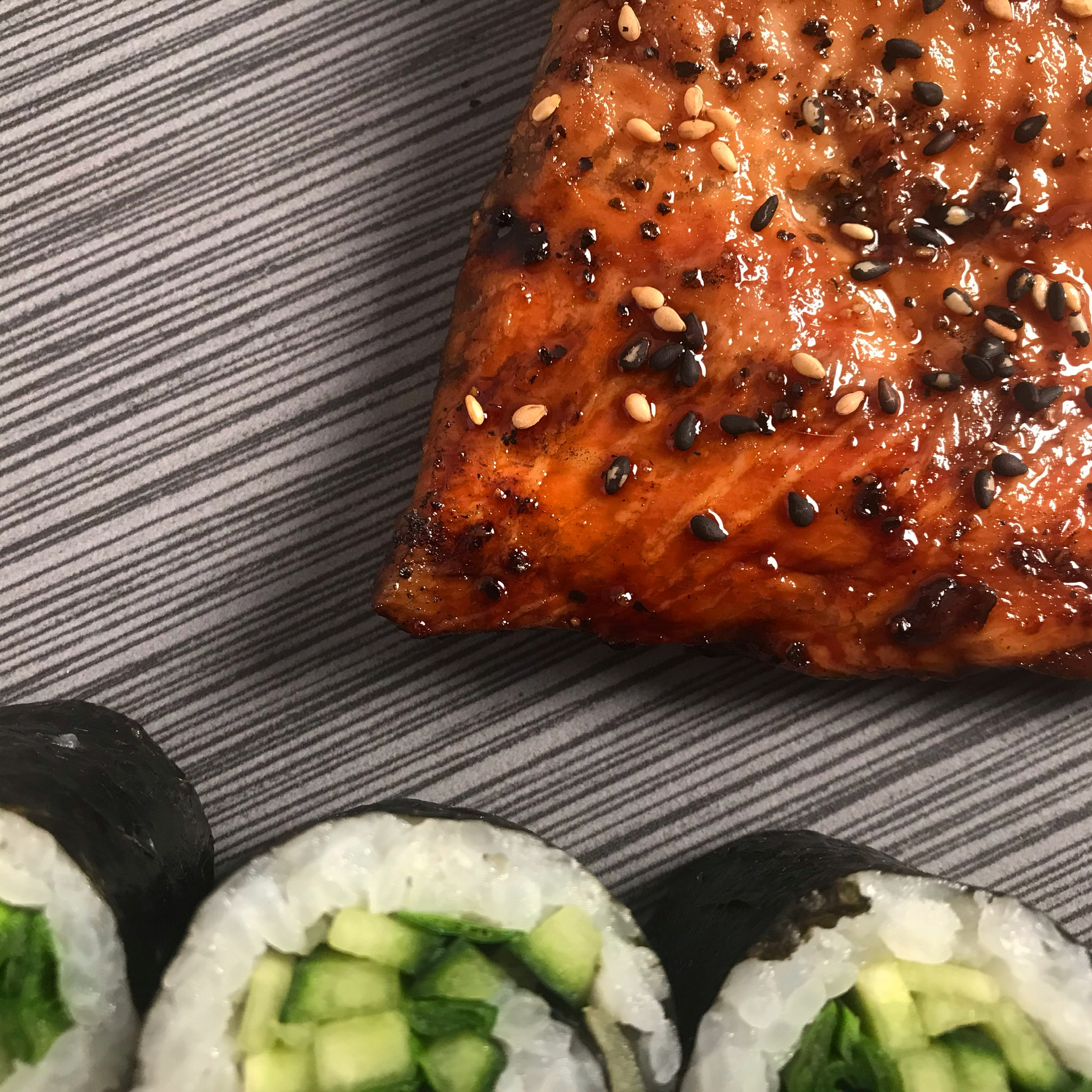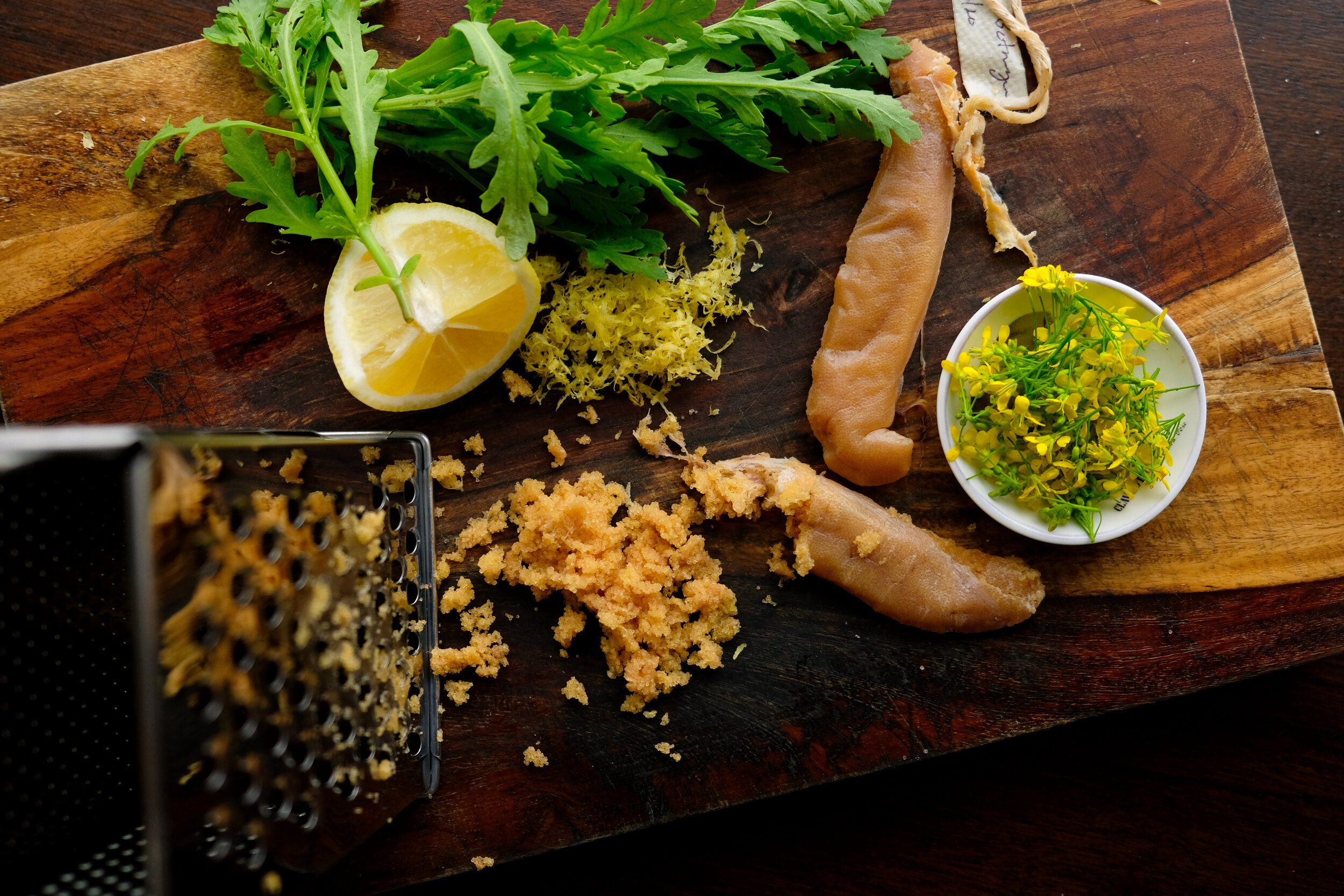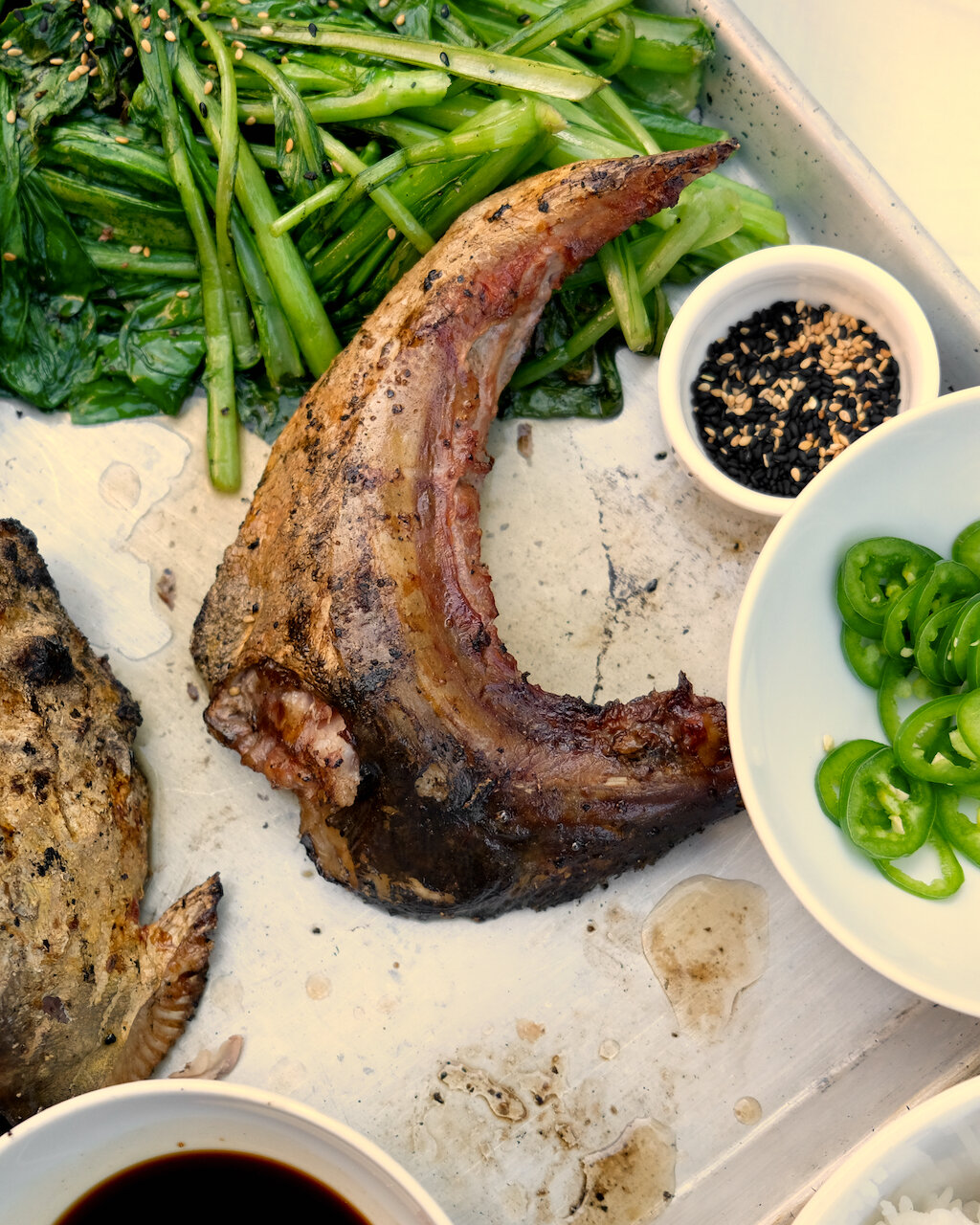Fried Drum Ribs
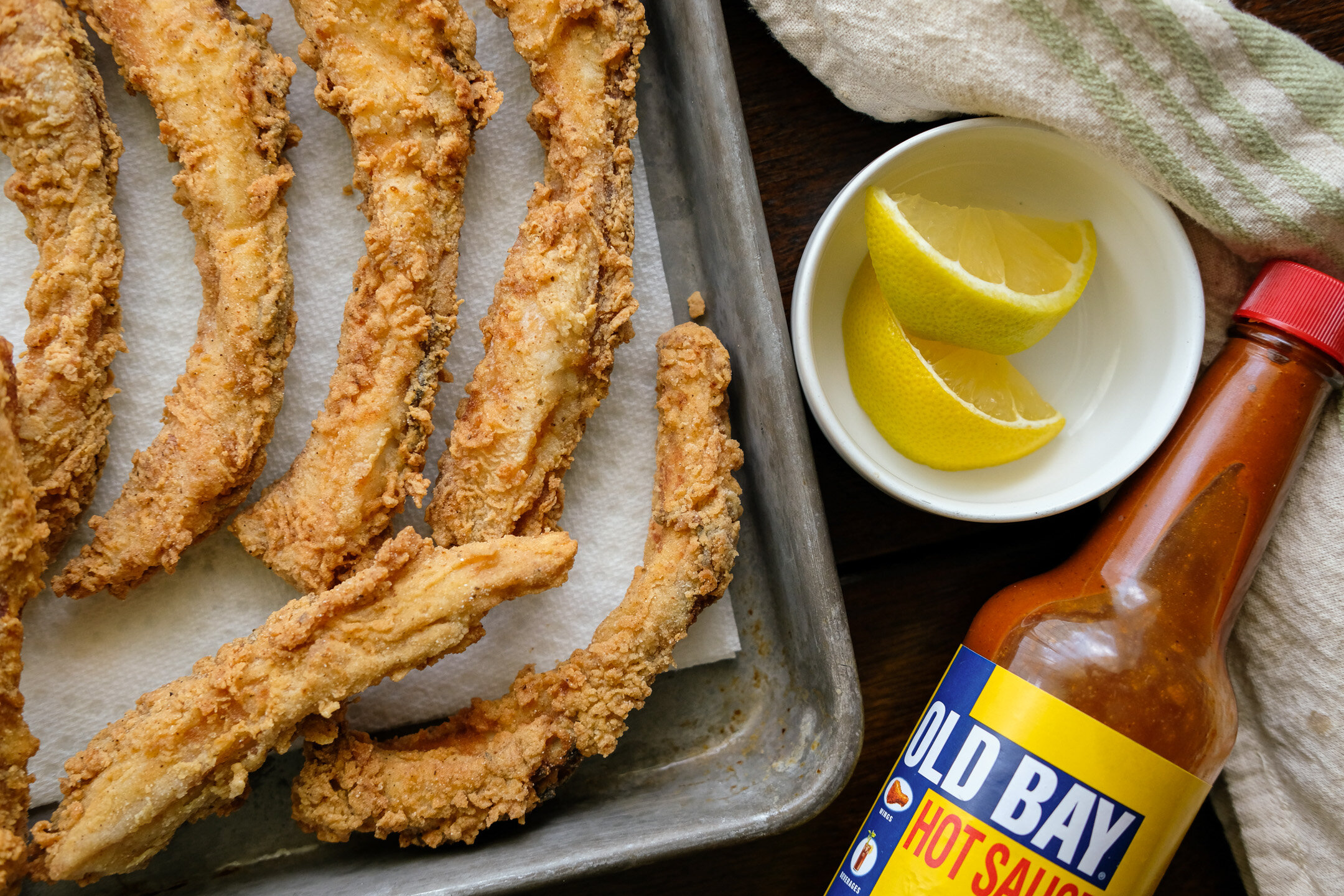
The first time I ever heard of drum ribs, I was driving north towards Chincoteague Island on the Eastern Shore. There was a sign in front of a roadside diner (Exmore Diner) that read simply: DRUM RIBS. I was intrigued, but we didn’t stop to investigate. On our way back home later that week we passed the same sign, but the drum ribs were no longer prominently advertised- I don’t remember what had replaced it.
Rachel and I debated what drum ribs could be, and we agreed that they must be black drum bellies with the rib bones attached, due to the season and fishing regulations, but we didn’t have any idea of how they would be prepared. A few months later, Rachel was reading through a cookbook on foods of the Eastern Shore and saw a black and white photo of a fishmonger advertising his goods. Drum ribs were listed alongside the usual suspects of rockfish, red drum, flounder, and bluefish.
We told ourselves that if we saw drum ribs advertised again, we would drop everything and try them. The next summer, on our way up the shore, we passed the same diner, and the sign looked even better: “CLAM FRITTERS, DRUM RIBS, SOFTSHELLS”. We pulled over immediately.
We ordered everything advertised on the sign out front. The drum ribs arrived breaded and golden brown- you could hear how crispy they were going to be just from the look of them. They were shaped just like ribs, but with a southern style, fried chicken breading.
We both dove into the ribs, which was a mistake because they were screaming hot, but slowly we were able to work on them. The meat had a distinct texture: dense and bouncy, but flaky, like a cross between chicken and fish. The skin was left on, giving each bite a bit of sticky collagen goodness like barbequed ribs. They were amazing. We were also amazed by the size of them. Each individual rib section was as big, if not bigger than, any pork ribs I've had. These had come off a big fish. We inquired about the drum, and were told they were black drum caught by watermen. There's a small window of time where schools of large black drum make their way into the bay every summer, so this was clearly a very seasonal food.
Ever since, our trips to the shore had not lined up with the drum run, which was a shame. That is, until this past spring. Our friend Chris had caught a nice black drum off the surf, and came by to show it off while we were recuperating from a morning catching rockfish. While he was cleaning it, I asked if we could have the ribs. Using some gardening shears, I snipped the rib bones right under the spine. Finally- we had a set of drum ribs to experiment with, even if they weren’t from our fish.
I cooked these ribs to imitate the ribs we had at the diner as best we could- double breaded, and deep fried. We used our homemade fish fry breading and some milk with mustard for the wash (an egg and milk wash would work as well). We seasoned them with Old Bay to keep it simple, but also because Old Bay is awesome. You can use any seafood seasoning you want, or just salt and pepper.
Fried Drum Ribs Recipe
After scaling the fish (leave the skin on) cut through the ribs along the spine as you fillet the fish. Cut the rib section off of the fillet. Prep the ribs by cutting between the rib bones into individual sections. There should be one bone per piece.
Cook time: 15 minutes
Ingredients:
2 sets of drum ribs, cut into individual rib sections
~2 cups fish fry breading
1 cup milk
¼ cup spicy mustard
Fish Fry Breading:
1 cup AP flour
1 cup masa harina
1 cup corn starch
3 tbsp Old Bay
Mix ingredients in bowl with fork.
Method
Preheat frying oil to 350-375F, at least an inch of oil.
Mix milk and mustard together in a bowl. Put fish fry breading in a separate bowl.
Season drum ribs with Old Bay.
Dredge the ribs through dry breading mix and shake off excess. One at a time, dip the coated rib into the milk-mustard wash, shake off excess and dredge again in the dry breading.
Fry in small batches for about two minutes, or until golden brown.
Allow to drain on a wire rack or paper towel lined pan. Serve with hot sauce and lemon.








